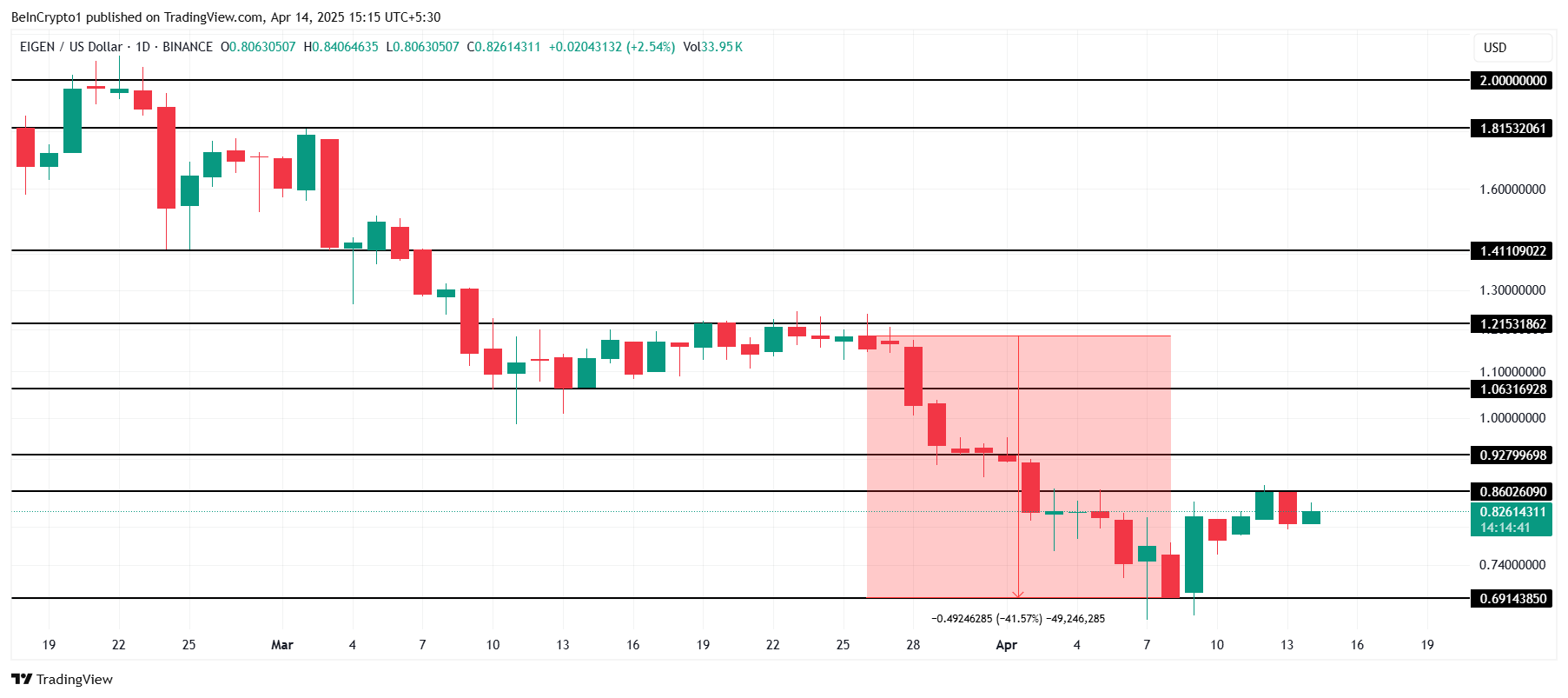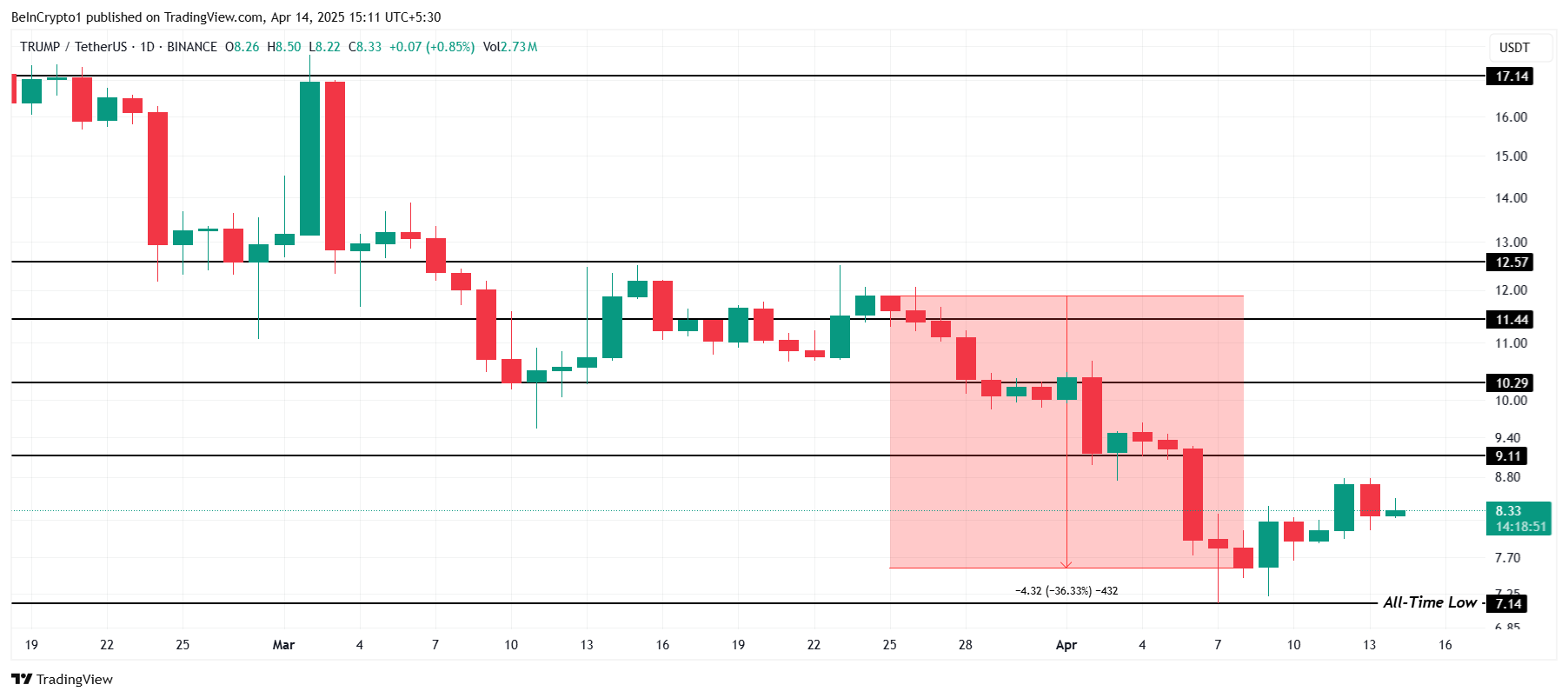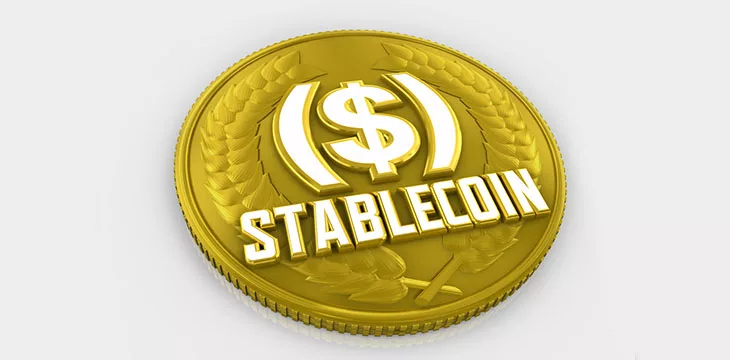Pi Network (PI) closed the month at its lowest level since being listed on exchanges. Despite a wave of positive news during the first week of July, it wasn’t enough to stop Pioneers from transferring Pi to centralized exchanges (CEXs), increasing selling pressure.
Recent updates from the Pi Core Team show noteworthy development progress. However, these efforts seem insufficient in the current market environment.
Over 370 Million PI on Exchanges Increases Selling Pressure
According to BeInCrypto’s observations, the amount of PI tokens on centralized exchanges has consistently risen over the past five months. The figure grew from 263 million in March to over 370 million now—an increase of more than 40%.
In May, Pi Network founder Nicolas Kokkalis made a rare public appearance. His presence sparked excitement and a strong accumulation of Pi, causing a sharp drop in the amount of Pi on exchanges.
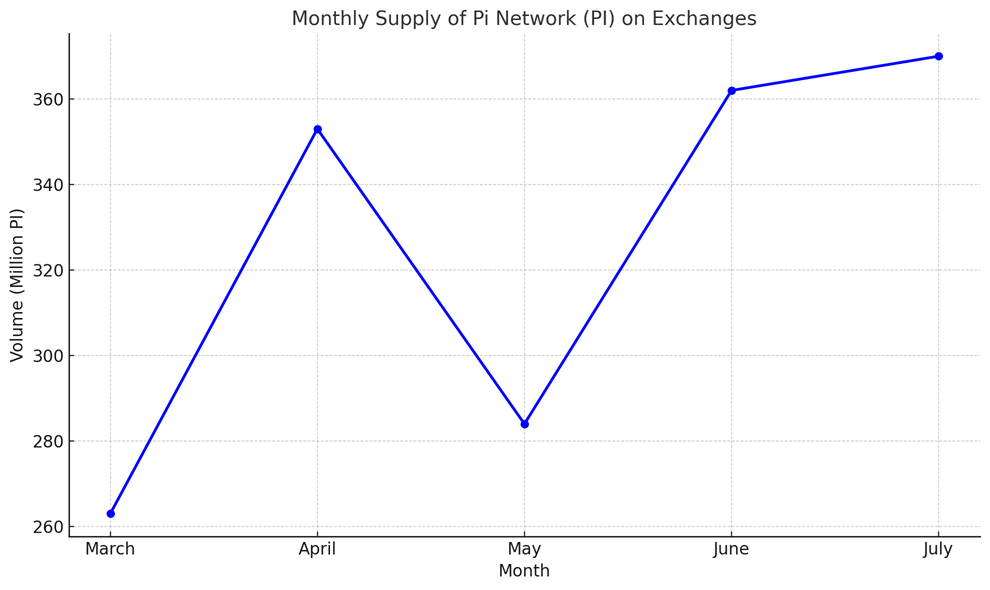
However, in June, negative sentiment returned amid intensifying geopolitical tensions. This shift pushed the trend back toward rising exchange balances.
Investor Moon Jeff noted that in just the last two days, 8 million PI were deposited onto exchanges.
“The selling pressure continues to increase. 370 million PI in exchanges. An increase of 8 million $PI in 2 days. The selling pressure is mainly from increasing deposits,” Moon Jeff said.
In addition, data from PiScan shows that 232.9 million PI tokens will unlock in July, further putting pressure on Pioneers’ sentiment.
In the first week of July, Pi’s price dropped 9%, from $0.51 to $0.46. A recent analysis by BeInCrypto suggests that Pi may continue declining toward a new low at $0.40.
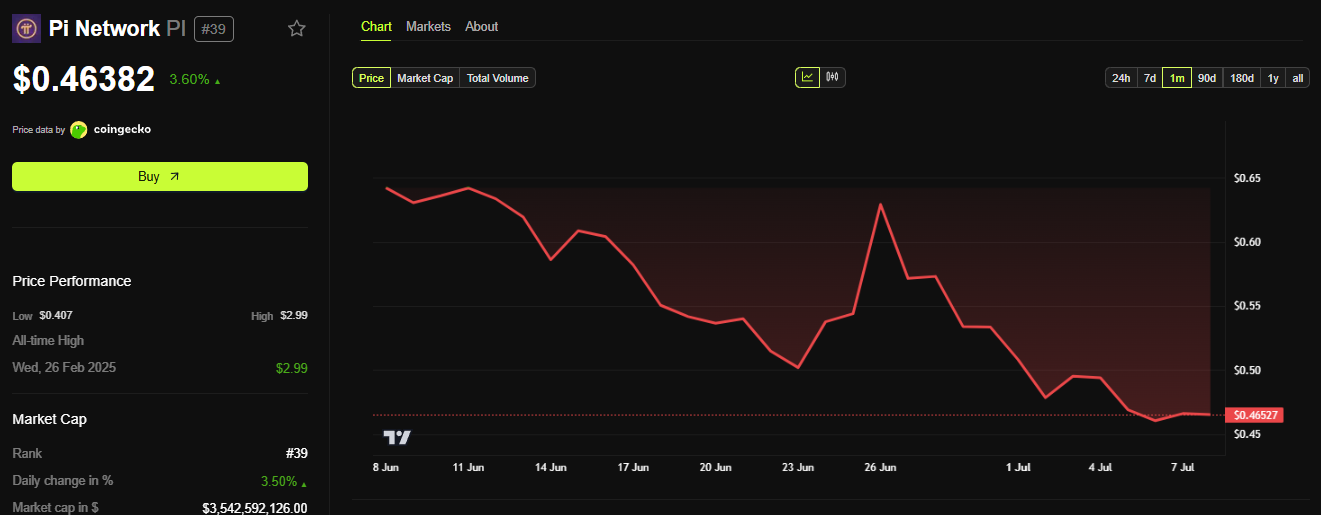
Since Pi2Day, the Pi Core Team has released several major updates. The two most significant include Pi App Studio and a new staking feature. Other updates cover KYC synchronization, Pi Desktop, and account management tools.
It’s fair to say the first week of July brought many positive developments for Pioneers. Yet, they still weren’t enough to lift holders’ confidence. Many holders often wait for promised news, but when those updates arrive, the price tends to drop further.
This cycle is fueling growing dissatisfaction within the Pi community, reflected in the ever-increasing amount of Pi held on exchanges.
The post Pi Network (PI) Exchange Reserves Hit All-Time High in July, Raising Concerns appeared first on BeInCrypto.




